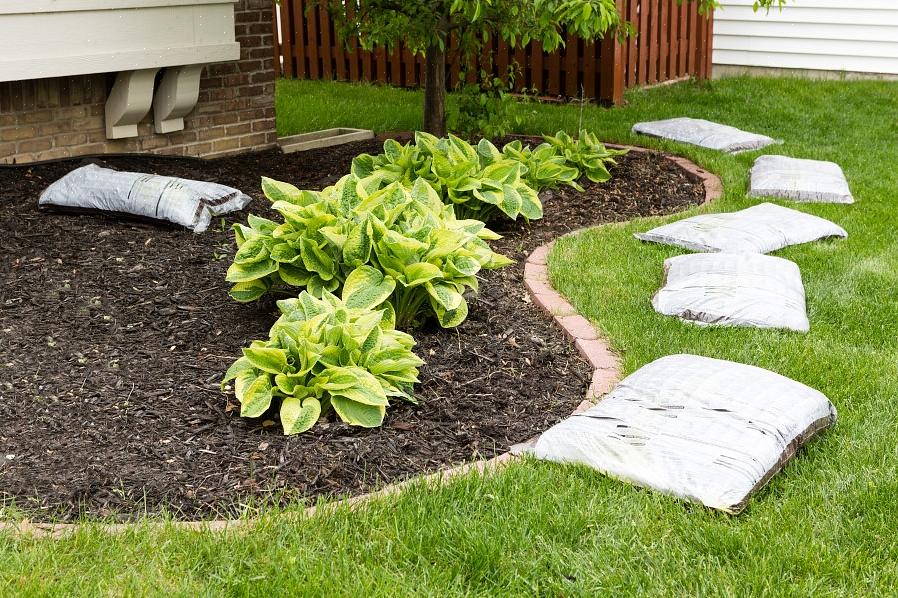Before winter, as a good gardener, you had certainly mulched the base of a large number of plants as well as the bare surfaces of your vegetable garden: the goal being to protect the most sensitive plants from severe frosts and to avoid erosion of the bare soil by wind and rain. However, when spring arrives, it is advisable to remove these mulches so that you can sow and plant.

When To Remove Mulch From The Garden?
You will have to take into account the sowing, transplanting and planting schedule, but the weather in your area will also be a decisive element because, to work with seeds and plants again, the soil must have warmed up sufficiently, i.e. it must be at about 10°C. To do this, the mulch must be removed, which prevents the soil from warming up and drying out at the same time, since the sun’s rays do not reach it. It is not possible to sow in wet, waterlogged soil.
Ideally, removing the mulch 15 days to 3 weeks before reseeding or replanting on a vegetable or ornamental surface seems correct. However, it is advisable to observe the weather and take into account the forecast: if the cold weather persists and rains are announced, it is better to wait.
How To Remove Mulch And What To Do With It?

Generally, at the end of winter, when the temperatures are milder, there is not much left of some of the thinner mulches, especially if they were dead leaves for example, which will be well decomposed; it will be quite different for a straw mulch.
Use a lawn or leaf broom with not too stiff tines for smooth mulch collection, even on uneven ground. If deciduous perennials are starting to emerge, this light tool will allow you to get around them easily without hurting them, especially if you took care to plant a stake or marker of some kind to locate them when the vegetation was still present.
Make a long pile of this raked mulch, on a nearby lawn for example. And pass over this spread mulch, the mower equipped with its collecting tray. Be careful, as the mulch is dry, it will create dust. This is the only solution for shredding non-woody materials that have not decomposed sufficiently, such as straw.
What to do with this pile of dry plant material? Two solutions are available to you in a virtuous circle:
naturally, you can use this fine mulch to mulch your new and young plantings in the vegetable garden, the ornamental garden and the small fruit orchard. You will not leave the soil bare, which will prevent evaporation, keep the earth fresh and limit the invasion of weeds that will reappear with spring and the blossoming of all vegetation.
If there is a surplus, you can add it to your compost, progressively, in case the volume is important.
In the garden, nothing is lost!

